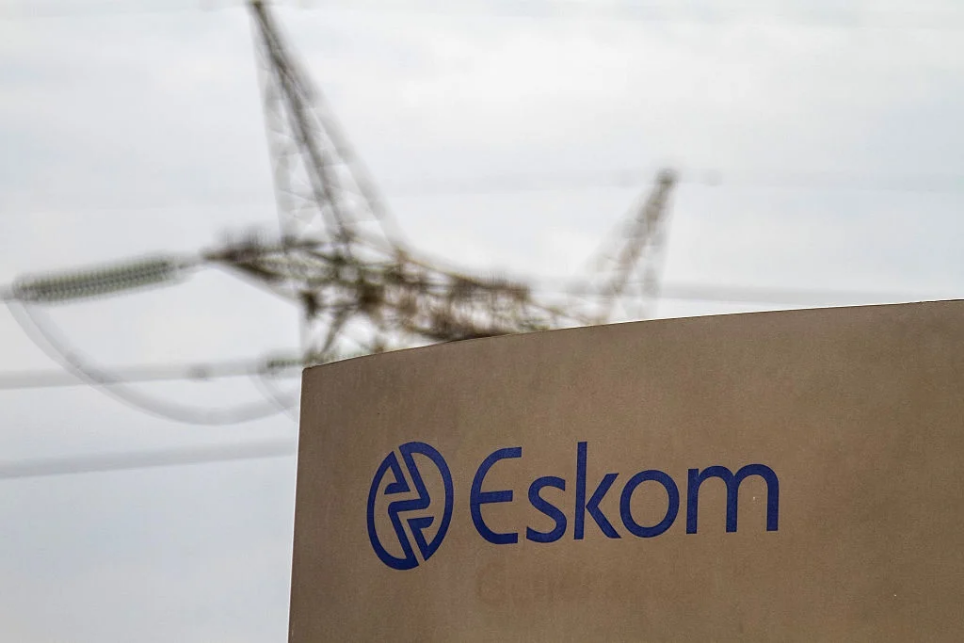THE R130-billion concessional climate finance green deal South Africa signed at COP26 could translate into a R500-billion boost to help South Africa’s just energy transition to decarbonise its sources of energy, says financial services firm RMB CEO James Formby.
“We are yet to see the details behind these financial commitments such as the timing and conditions, but overall we are optimistic about the potential substantial decarbonisation benefits for South Africa that will move us closer to globally accepted emission targets.”
The finance is earmarked to help State-owned power utility Eskom ultimately retire its coal-fired power fleet and assist it in contributing to the renewable energy sector, while preventing up to 1.5 gigatonnes of emissions over the next 20 years.
The initial commitment of $8.5-billion, or R130-billion, for the first phase of financing, could crowd in up to a further R390-billion of local and foreign private investor capital, says Formby.
Owing to the fairly predictable cash flows, debt funding can be as much as 70% to 80% of total financing required. Assuming 75% of debt and assuming the R130-billion, or 25%, comes in as grant money or can be back ranked to commercial lenders, this means that up to R390-billion could be unlocked in the form of debt funding from South Africa’s banking and savings industries, he explains.
It will be important that the terms of the $8.5-billion ‘Green Deal’ from the US, the UK, Germany, France and the European Union enable this. This also assumes an appropriately capitalised and separate grid company, which would give lenders confidence that the power produced would be paid for, without requiring further government guarantees, Formby emphasises.
Infrastructure assets are an ideal long-term asset match for the liability profile of pension funds which need the yield to preserve wealth for pensioners.
“This is why there are proposed changes to Regulation 28, which governs where pension funds can invest, to include an explicit infrastructure category to support the allocation to infrastructure assets, subject to the discretion of fiduciary asset managers of course,” Formby says.
The non-bank assets under management of the South African savings industry were about R11-trillion as at December 31, 2020, mostly invested in equities. Therefore, South Africa has the capacity to help unlock this transition.
Banks play a key role in structuring the transactions and assuming risk during the development phase of the projects.
“Having this financing to anchor projects will create great confidence in private investors to invest in these green transition projects. It will allow government to leverage the initial funding many times over, resulting in a far greater impact in developing green sources of energy than just the initial funding number suggests.”
However, while this will not solve Eskom’s debt burden and capital structure, the deal is very positive news for South Africa, Formby says.
“As we once again struggle with load-shedding, it is clear Eskom needs urgent help with accelerating the decommissioning of coal plants and replacing them with renewables, gas bridging and [energy] storage. We also need to ensure that there is a just transition that supports affected people, as well as benefiting and uplifting local communities.
“Let us hope that the headlines can translate quickly to renewable projects that can pivot South Africa’s energy mix. In addition, this funding can unlock new opportunities for South Africa, for example in green hydrogen and electric vehicles,” Formby says.
- Engineering News



